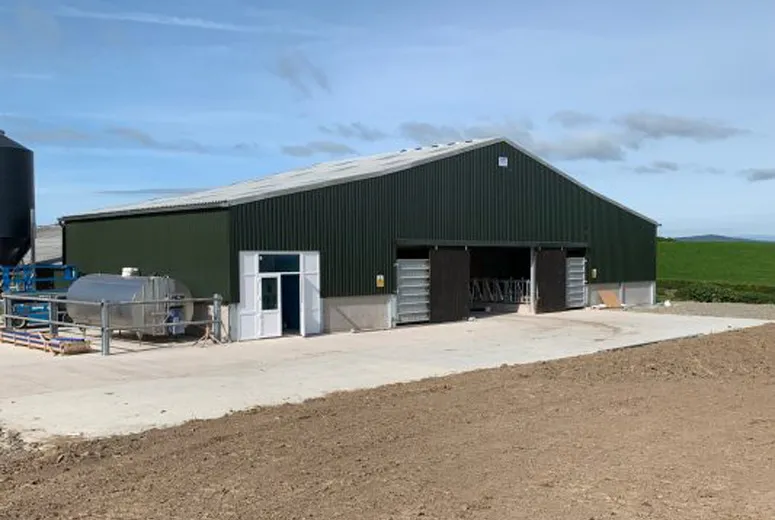- Afrikaans
- Albanian
- Amharic
- Arabic
- Armenian
- Azerbaijani
- Basque
- Belarusian
- Bengali
- Bosnian
- Bulgarian
- Catalan
- Cebuano
- Corsican
- Croatian
- Czech
- Danish
- Dutch
- English
- Esperanto
- Estonian
- Finnish
- French
- Frisian
- Galician
- Georgian
- German
- Greek
- Gujarati
- Haitian Creole
- hausa
- hawaiian
- Hebrew
- Hindi
- Miao
- Hungarian
- Icelandic
- igbo
- Indonesian
- irish
- Italian
- Japanese
- Javanese
- Kannada
- kazakh
- Khmer
- Rwandese
- Korean
- Kurdish
- Kyrgyz
- Lao
- Latin
- Latvian
- Lithuanian
- Luxembourgish
- Macedonian
- Malgashi
- Malay
- Malayalam
- Maltese
- Maori
- Marathi
- Mongolian
- Myanmar
- Nepali
- Norwegian
- Norwegian
- Occitan
- Pashto
- Persian
- Polish
- Portuguese
- Punjabi
- Romanian
- Russian
- Samoan
- Scottish Gaelic
- Serbian
- Sesotho
- Shona
- Sindhi
- Sinhala
- Slovak
- Slovenian
- Somali
- Spanish
- Sundanese
- Swahili
- Swedish
- Tagalog
- Tajik
- Tamil
- Tatar
- Telugu
- Thai
- Turkish
- Turkmen
- Ukrainian
- Urdu
- Uighur
- Uzbek
- Vietnamese
- Welsh
- Bantu
- Yiddish
- Yoruba
- Zulu
Sep . 02, 2024 09:02 Back to list
Understanding the Cost of Steel Warehouse Buildings
In today's fast-paced industrial environment, the demand for efficient storage solutions has led to the increasing popularity of steel warehouse buildings. Known for their durability, versatility, and quick construction timelines, steel structures provide a robust option for companies seeking to optimize their logistics. However, understanding the cost associated with constructing a steel warehouse is crucial for businesses planning to invest in such a facility.
Factors Influencing Costs
Several factors influence the overall cost of building a steel warehouse. Key among them are the size of the building, design complexity, local labor rates, and the cost of materials. The size directly impacts both the material quantity and the labor required for construction. Larger warehouses, of course, will necessitate more steel, which is typically priced by weight.
Design complexity can also significantly affect costs. Simple, functional designs may cost less to construct, while those that require unique architectural features, special insulation, or complex layouts may drive prices higher. Customization options, such as office spaces, loading docks, and additional amenities, can also add to the total cost.
Material Costs
The primary material used in construction is steel, and its price can fluctuate due to market demands, availability, and geopolitical factors. It's advisable for businesses to monitor steel prices over time, as strategic purchasing can lead to substantial savings. Additionally, prices can vary by region, so understanding local market conditions is essential.
steel warehouse building cost

Other materials, such as insulation, roofing, and flooring, should also be accounted for in the overall budget
. Choosing energy-efficient materials can lead to higher upfront costs but may result in significant long-term savings on utilities.Labor Costs
Labor costs are another critical component of building expenses. Depending on the location, labor rates can vary significantly. In areas with a high concentration of construction work, labor may be more expensive due to demand. It's essential for companies to factor in all labor-related expenses, including skilled labor for welding and assembly of steel structures, general labor for site preparation, and potential overtime costs.
Additional Expenses
Beyond the basic construction costs, businesses should also consider additional expenses that arise during the construction process. Permitting and zoning fees, site preparation and excavation costs, and landscaping requirements can add to the overall budget. It's advantageous to work with an experienced contractor who can help navigate these costs and ensure compliance with local regulations.
Conclusion
In conclusion, while steel warehouse buildings offer significant advantages in terms of durability and efficiency, understanding the comprehensive costs associated with their construction is vital for any business. By evaluating factors such as size, design complexity, material costs, labor rates, and additional expenses, companies can develop a clearer budget framework. This ensures they can effectively utilize steel warehouse buildings to enhance their storage capabilities, streamline operations, and ultimately support their growth objectives. Investing the time to plan and assess costs meticulously can lead to a successful construction project that meets both immediate and future needs.
-
How Do Prefabricated Steel Structures Transform Modern Construction?
NewsJul.14,2025
-
How Do Prefabricated Metal Buildings Redefine Modern Construction?
NewsJul.14,2025
-
How Do Prefab Insulated Metal Buildings and Steel Structures Revolutionize Modern Construction?
NewsJul.14,2025
-
How Do Pre - Engineered Steel Structures Redefine Modern Construction?
NewsJul.14,2025
-
Advancing Modular Construction with Prefabricated Metal Structures
NewsJul.14,2025
-
Advancing Industrial Infrastructure with Prefabricated Steel Solutions
NewsJul.14,2025
Products categories
Our Latest News
We have a professional design team and an excellent production and construction team.












